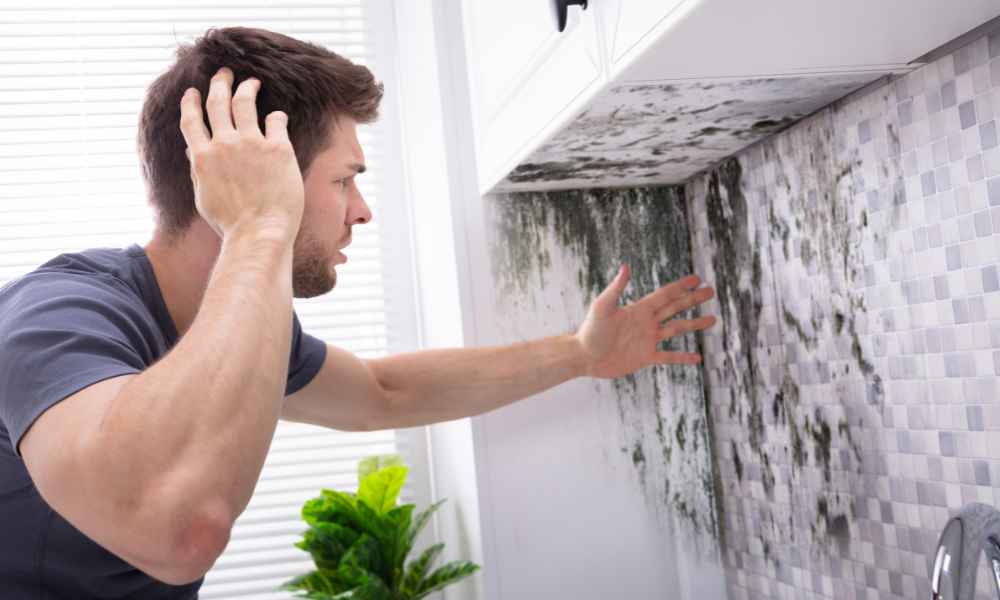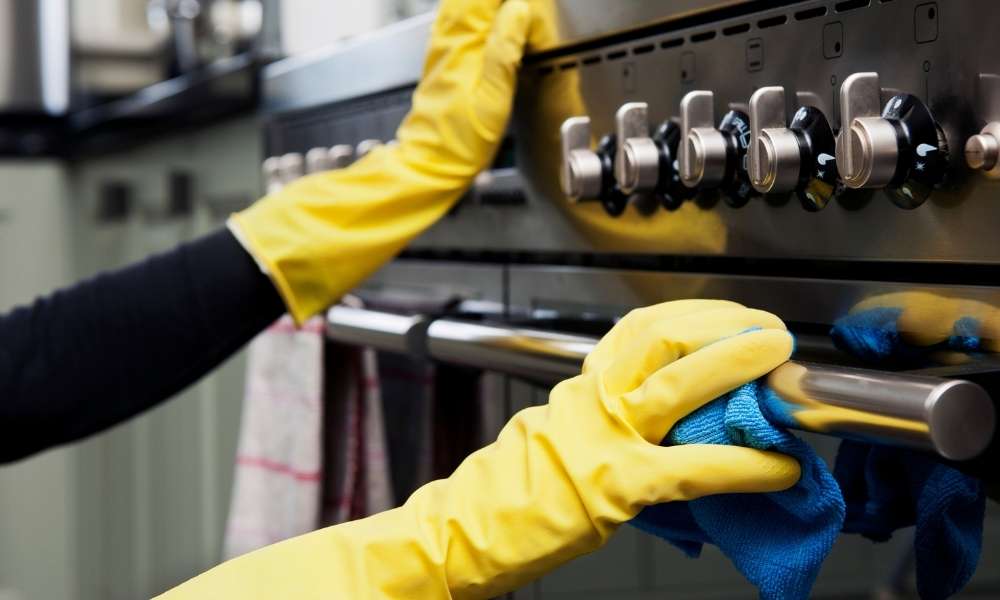Mold damage in homes can be a persistent and costly issue, impacting both the structure and the health of occupants. Understanding how home insurance covers mold-related damages and navigating the claims process is crucial for homeowners facing such challenges. In this guide, we’ll explore the complexities of mold damage and Home Insurance coverage, emphasizing the importance of proactive measures and informed decision-making.
1. Identifying Mold Issues in the Kitchen
The kitchen is a common area where mold can thrive due to the presence of moisture and organic
materials. If you suspect mold in your kitchen, swift action is essential. Initiate an immediate search for”kitchen mold removal near me” to identify local professionals who specialize in mold remediation. Early detection and intervention can prevent further damage and minimize associated costs.
2. Mold Damage: A Common Home Insurance Dilemma
Mold damage is a common dilemma for homeowners, and understanding how home insurance covers such damages is crucial. In most cases, standard homeowners’ insurance policies do not cover mold damage resulting from neglected maintenance issues, such as persistent leaks or poor ventilation. However, coverage may be available for mold damage caused by a covered peril, such as a sudden and accidental water event.
3. Covered Perils and Mold Damage
To determine coverage eligibility, homeowners should review their insurance policy to identify covered perils related to water damage. Covered perils typically include sudden and accidental events such as burst pipes, plumbing failures, or storms. Mold resulting from these covered perils may be eligible for insurance claims.
4. Exclusions and Limitations in Home Insurance
Home insurance policies often have exclusions and limitations regarding mold damage. Some policies may have a cap on the amount of coverage provided for mold-related damages. Additionally, exclusions may apply if the mold is a result of long-term neglect or pre-existing conditions
5. Proactive Measures for Mold Prevention
While insurance coverage is essential, taking proactive measures for mold prevention is equally crucial. Regular maintenance, prompt repair of leaks, proper ventilation, and moisture control are key strategies to minimize the risk of mold growth. Insurance companies may view these proactive measures favorably and consider them during the claims process.
6. Documenting Mold Damage for Insurance Claims
In the event of mold damage, thorough documentation is vital for insurance claims. Take photos or
videos of the affected areas, detailing the extent of the damage and the conditions leading to mold
growth. Keep records of any remediation efforts and expenses incurred during the process.
7. Consultation with Insurance Professionals
Understanding the intricacies of insurance coverage for mold damage can be challenging. If
homeowners have questions or concerns, consulting with insurance professionals or adjusters is
advisable. They can provide clarity on policy details, and coverage limitations, and guide homeowners through the claims process.
8. Water Damage Repair: A Preventive Measure
For homeowners in Knoxville, TN, prioritizing water damage repair is a preventive measure against
mold-related damages. Addressing water damage promptly and effectively reduces the likelihood of
mold growth, minimizing the risk of associated expenses. Incorporate the keyword “water damage
repair Knoxville TN” into your search for local professionals specializing in water damage remediation.
Conclusion
Mold damage and home insurance are interconnected topics that require careful consideration.
Homeowners facing mold-related challenges should be aware of their insurance coverage, proactive
prevention measures, and the claims process. Whether searching for kitchen mold removal or
proactively addressing water damage informed decision-making is key to protecting both the home and the well-being of its occupants.





